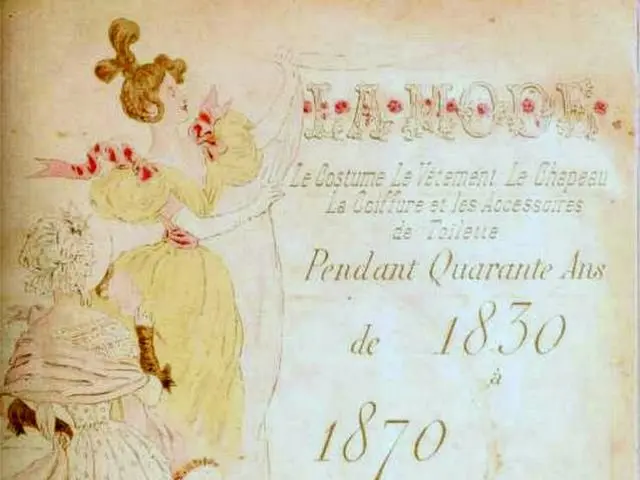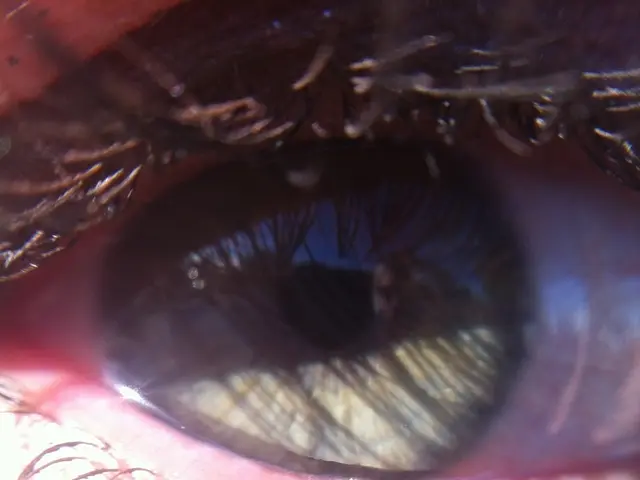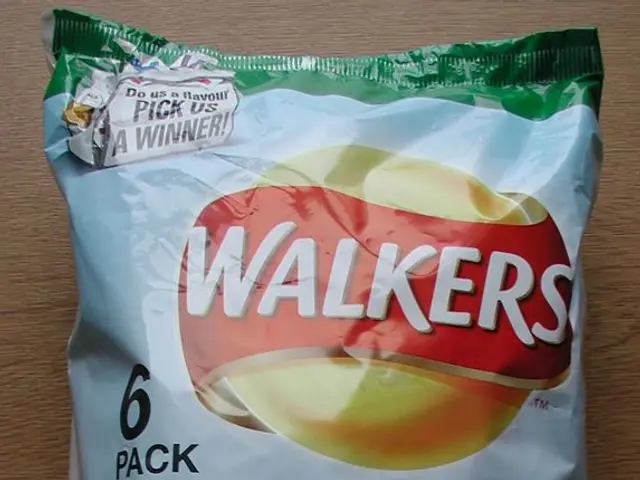Study: Both SSBs and LNSSBs Linked to Liver Disease Risk
A recent study presented at UEG Week 2025 has revealed a concerning link between both sugar-sweetened and low- or non-sugar-sweetened beverages (SSBs and LNSSBs) and an increased risk of metabolic dysfunction-associated steatotic liver disease (MASLD). This condition, previously known as non-alcoholic fatty liver disease (NAFLD), affects over 30% of people worldwide and is a rapidly growing cause of liver-related deaths.
The study, led by Lihe Liu, found that consuming over 250g per day of LNSSBs or SSBs increases the risk of developing MASLD by 60% and 50%, respectively. Both beverage types were associated with increased liver fat content. Interestingly, while LNSSB consumption was linked to higher liver-related deaths, SSBs were not. However, switching between the two types of beverages offered no risk reduction in preventing MASLD. The study followed 123,788 UK Biobank participants for a median 10.3 years, during which 1,178 developed MASLD and 108 died from liver-related causes. The findings suggest that both SSBs and their 'diet' alternatives should be limited to prevent liver and metabolic disease. Replacing these beverages with water can significantly reduce MASLD risk by 12.8% and 15.2%, respectively.
The study highlights the potential health risks of both SSBs and LNSSBs, emphasizing the need for moderation or replacement with healthier alternatives like water. As MASLD is a rapidly increasing cause of liver-related deaths, these findings underscore the importance of public health initiatives promoting responsible beverage consumption.








